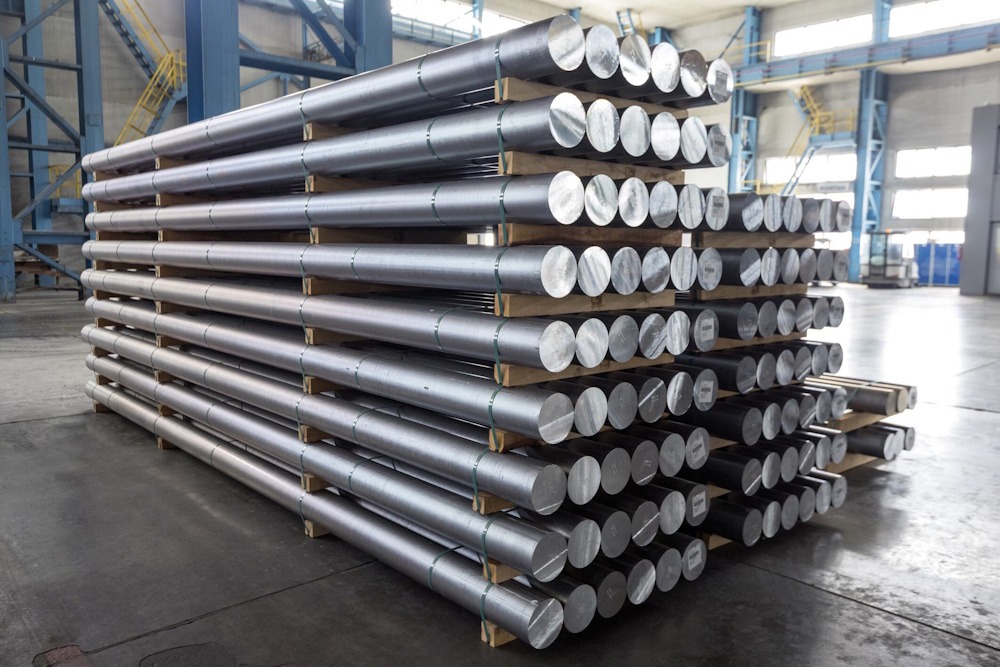
Aluminium prices experienced a modest increase of 0.19%, reaching Rs 265.1 per kg, supported by anticipations of enhanced demand and limited production in China, the leading producer and consumer globally. The most recent figures from the International Aluminium Institute indicate that global primary aluminium production in October amounted to 6.294 million tonnes, representing a year-on-year increase of 0.6%. Concurrently, Japanese port stocks experienced a decline of 3.6% compared to the preceding month, highlighting a trend of inventory reduction. Production growth in China is constrained, as numerous smelters near their mandated capacity limits and continue to encounter pressure from governmental regulations aimed at curbing overcapacity.
In the context of a robust dollar and weakening demand indicators from China’s real estate market, global supply concerns—stemming from technical difficulties at significant refineries in Iceland and Australia—have effectively mitigated potential downside risks. Alcoa has announced the closure of its Kwinana alumina refinery, while Century Aluminium has reduced output by two-thirds at its Iceland plant, both actions contributing to a tightening of supply.
Forecasts exhibit a divergence: Goldman Sachs anticipates a decline in LME aluminium prices to $2,350 per tonne in the fourth quarter of 2026, predicated on expectations of surplus stemming from waning demand and cost deflation. Conversely, ANZ has revised its short-term target upward to $2,900 per tonne, citing improved prospects in manufacturing and the automotive sector.
From a technical perspective, the market experienced short covering, evidenced by a decline in open interest of 8.46% to 1,807, while prices increased by Rs 0.5. Support is clearly established at Rs 264, with a possible examination of Rs 262.8; resistance stands at Rs 266.6, and a breakout could elevate levels to Rs 268.
